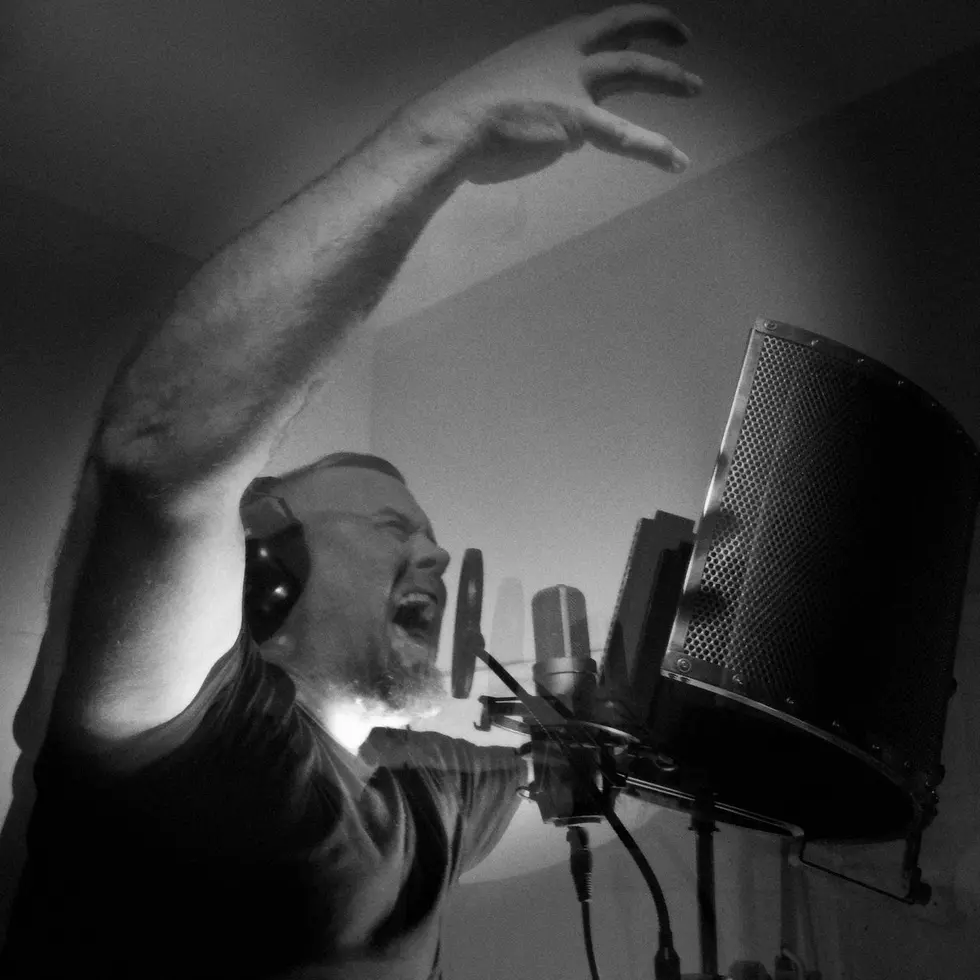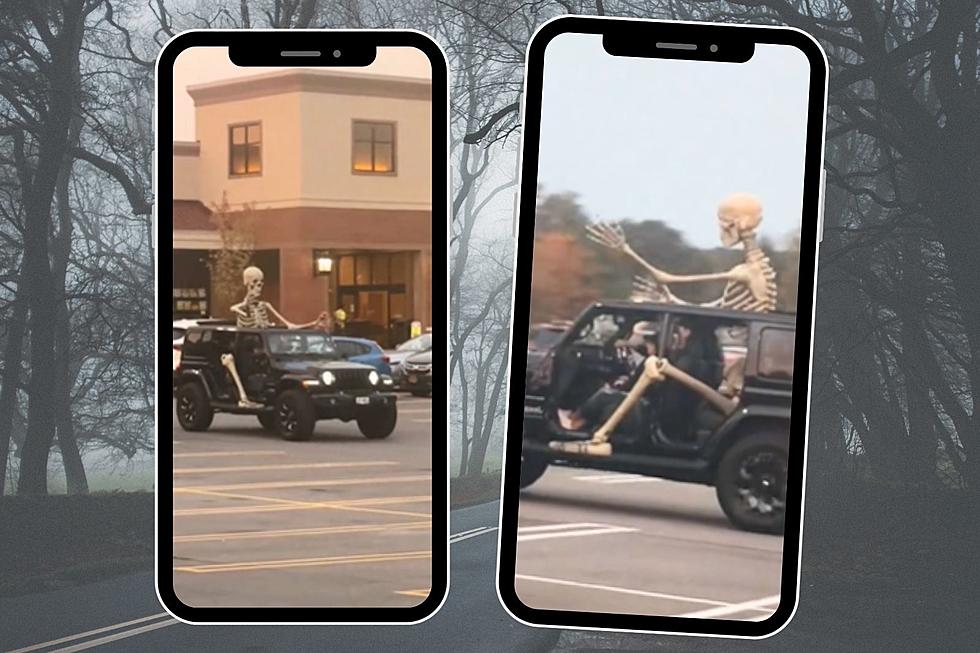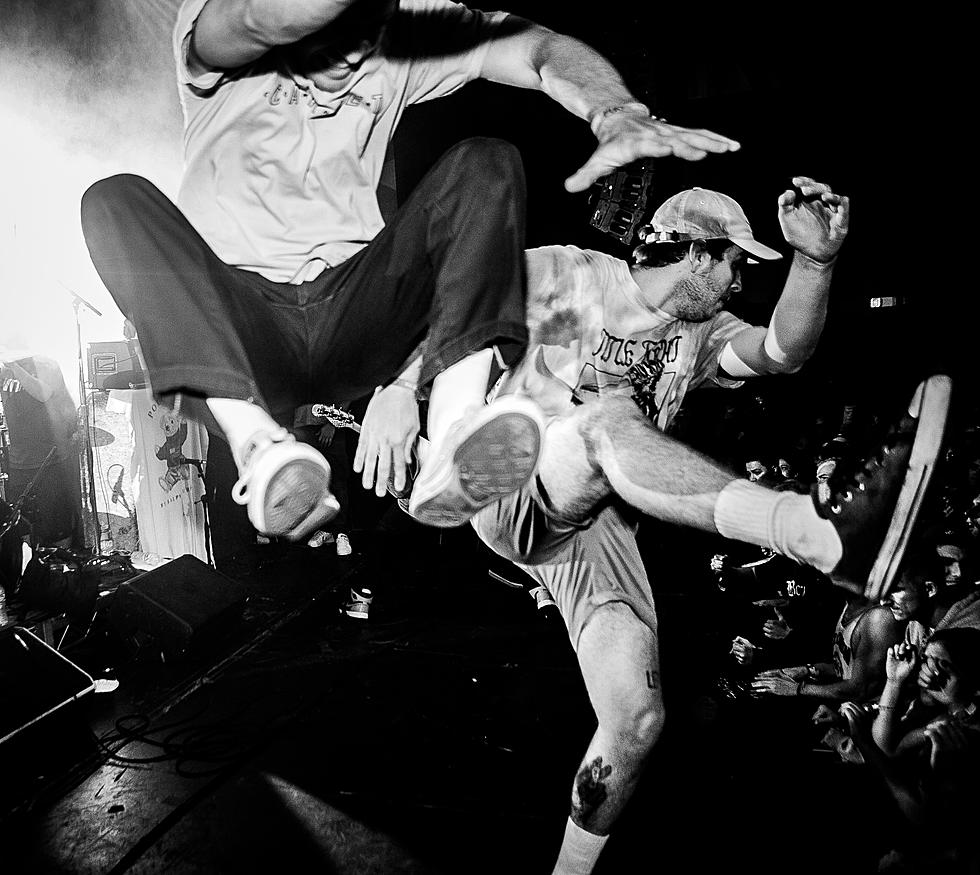
Behind the Scenes of the Making of the New Integrity LP
Legendary hardcore outfit Integrity have gone through a zillion changes since debuting on the Cleveland scene in the late '80s, and their latest might be their most interesting — yet logical — transformation to date. Outside of the only constant member, Dwid Hellion, Integrity 2017 is also made up of Domenic Romeo (A389 Records, Pulling Teeth) and Joshua Brettell (Ilsa), who formed the basis of the new LP, Howling, for the Nightmare Shall Consume. Recorded at Developing Nations Studios in Baltimore, the LP features influences ranging from NWOBHM to black metal to doom and all spots in between, all while maintaining a singular Integrity style and sense of impending dread. In an era where bands attempt to come back with a new lineup and end up with a half-baked record, Integrity have successfully reinvented themselves again, fortifying their claim as an unstoppable force in heavy music.
We were allowed access to the making of Howling, for the Nightmare Shall Consume, and as such, photographers Farrah Skeiky, Blake Roemer and Lenore McLimans took the below set of photos from the sessions. Check those out, along with a comment from Dwid himself on the making of the LP.
DWID HELLION:
Dom and I started working on the record somewhere around August 2016. I wrote a treatment for the backstory of the album, so that we had a storyboard to work from while writing — allowing another dimension to bleed into the writing.
We would send home-studio demos back and forth, often cobbling our music together in a Frankenstein-like manner until we achieved the desired emotion, mood or attack of the song.
Eventually, we had more than enough songs written. Dom and Josh entered Developing Nations recording studio in Baltimore for a more professional recording of the songs we had written.
Using a variety of unusual instruments subtly juxtaposed with our traditional metal instrumentation, the songs were recorded. We ended up with about an hour and a half of studio songs. We meticulously went through our surplus of songs and decided which tracks would make it onto the album. A few songs were left off the album, filed away for future releases.
Once the songs were chosen, I began recording vocals at my home studio in Belgium. The vocals were then mixed at Developing Nations.
This is a very convenient and efficient way to record. I understand that perhaps to someone without much studio experience, this process might seem unusual — especially factoring in that it was recorded on separate continents. However, I have always recorded vocals after the music was recorded. Never done a "live jam" type studio recording. A "live jam" session would generally allow the music to seep into the vocalist's microphone, thus greatly limiting mixing options in the studio.
I am satisfied with the album. We employed a variety of components to make our vision into its own seething reality. Many sonic surprises await the listener, and I hope that the audio journey will convey our invested emotion and its bleak distress within a fire-and-brimstone religious experience.
More From CLRVYNT









